It's World Mental Health Day today - so what better time to address the subject of mental health in children's and YA books? I'm going to focus on bipolar disorder, because it's a particular interest of mine. But much of what I say can be applied to depression and other mental health conditions.
First of all, let me announce that I'm a sufferer myself from chronic/recurrent depression. Although I've never been diagnosed as bipolar, I do have mood swings and have some idea, at least, of what the highs as well as the lows can be like (the highs in my case may possibly be the result of not getting the levels of medication right - who knows?)
I now believe that my depression started when I was in my teens, though I had no idea what to call it at the time. It was all put down to PMT, though I'm not sure that the term had been invented in the late sixties. The fact that I suffered from it at other times of the month - well, that's easily got around - there's always another period on the horizon somewhere!
Or perhaps it began even earlier, when I was five and my dad disappeared off to Singapore with the RAF and I was terrified for months afterwards that my mum would vanish too. I'm sure my parents did their best, but knowing me, a book would probably have helped, and there weren't books for kids about that sort of thing in those days.
Perhaps I became depressed when bullied at my new school at seven, when I was ostracised because of my 'posh accent'. The memory still brings tears to my eyes and the teachers didn't help.
My depressive episodes, never diagnosed or treated, recurred at intervals of a few years until eventually, in my late twenties and living in Edinburgh with two small children, I took myself off to the GP with stomachache and she had the sense to see that there was something more going on. I was prescribed anti-depressants (which I refused to take on that first occasion) and told to get a part-time job. The part-time job helped. But the depression came back after a couple of years. This time it was worse and I took the medication. I also had counselling and the combination of the two brought joy and colour into my life that I'd forgotten could exist. Just waking up in the morning feeling at peace with myself... free from the self-condemnation, guilt, shame, worry, and all those other horrible things depressed people suffer.
Since then, I've had further episodes, often but not always associated with times of difficulty and stress in my life. I still fear my depression and try to make sure I don't get too busy or stressed out - but it hits me from time to time. I'm adept these days at recognising the early warning symptoms. I have medication on hand and don't delay in visiting my GP. In fact my depression these days is like my bad back in some ways - I know that if I'm sensible I have less of a chance of setting it off - but there's always the possibility that something (or nothing) will trigger it. And I have to accept that I'll have down times when I can't do very much.
I'm very lucky in one respect, though. I have never been too depressed to read. I have several favourite books I turn to when I feel bad. William Styron's memoir
Darkness Visible is one of them - where the great American author describes his own experience of depression. I'm not sure why it helps me, but it does. Perhaps it's just the putting into words of some of my own dreadful thoughts. The 'I'm not the only one' feeling. Whatever it is, I am so grateful to William Styron for writing it.

Anyway - children's books. I decided a few days ago to compile a list of characters in fiction who have bipolar disorder. Of course, it's difficult to be sure, if you go back very far, because the condition wasn't sufficiently understood. I asked for suggestions from various friends, contacts and writers' groups, as well as trying to come up with some of my own. I was partly interested in which books came to people's minds - i.e. the ones that had made a lasting impression. Thanks to all who contributed, I now have a list - and for the purposes of this blog I will restrict it to novels for children and YA.
This is my list, in no particular order (further suggestions most welcome).
The Illustrated Mum by Jacqueline Wilson
A Note of Madness by Tabitha Suzuma
A Voice in the Distance by Tabitha Suzuma
My Mum's from Planet Pluto by Gwyneth Rees.
Red Shift by Alan Garner
Boneland by Alan Garner (though I'm told this is not strictly a children's/YA book)
***Mental by Sherry Ashworth
Girl, Aloud by Emily Gale
*** Mental is actually about schizophrenia, I realise now I've read it, but I'm leaving it on the list as it's a very good book.
Remember, these are for children/YA and I've restricted the condition to bipolar (except for Sherry Ashworth's Mental - see above). And I certainly don't claim that the list is complete. Nor have I read them all (yet). I'm currently enjoying Gwyneth Rees's My Mum's from Planet Pluto, which I'd strongly recommend. But I can't help noticing how few titles there are...
It concerns me that there aren't more. I said earlier that it would have helped me, as a child, if I'd been able to read about someone like me. I'm pleased to say that books for children featuring other kinds of conditions and disabilities are growing in number (though we still need more). We need, in my opinion, both issue-tackling books and books that treat the condition as a background thing - not the focus of the book but something one of the characters just happens to have.
It's the same with mental health. We need children's/YA books that delve deep into the condition (in a way appropriate for the target age-group, of course). But we need characters in books who just happen to have bipolar disorder (or depression or schizophrenia, etc) too. We need books that treat these conditions with gentle humour - combined, of course, with respect. I can laugh at my depression, at least some of the time. Often humour is part of the way we come to terms with things. We need books with 'heroic' endings (character overcomes all the challenges) and ones that are more true to life, while always offering hope. And in order to get this variety - we need LOTS MORE BOOKS. Sorry to shout, but we do.
So come on, children's authors... and publishers. By the time World Mental Health Day comes round next year, let's see a lot more books for children, YA (and adults) on the subject of bipolar disorder and, more generally, on mental health.
I believe there's a role for many of us in helping to remove the stigma attached to mental health conditions that, almost unbelievably, is still present in our society today.
We all have minds, after all, just as we all have backs.
Happy reading
Ros
Note: My own contribution to the bipolar list has just come out. It's for adults and it's called
Alexa's Song. You can see it on
Amazon UK and download it for Amazon Kindle for £2.54.

Max Fink, M.D., is Professor of Psychiatry and Neurology Emeritus at State University of New York at Stony Brook. He is the author of Electroconvulsive Therapy: A Guide for Professionals and Their Patients. The book tackles such questions as: For whom is electroshock effective? How is it administered? What are its risks? How long does the treatment take? Is it a cure? In this post, Dr. Fink explains what, exactly, electroconvulsive therapy is.
Long a mystery among psychiatric treatments, electroconvulsive therapy (ECT, electroshock) has revealed some of its features to science. Interest in ECT revived after its denigration in the 1970s and 1980s by its continuing success in relieving melancholic depression and bipolar disorder, especially in the large numbers of “medication resistant” patients who suffer chronic debilitation despite extensive courses of medications and psychotherapy. In such patients ECT is effective and safe, especially with present methods of treatment, oxygenation, and muscle relaxation.
The patients successfully treated with ECT are those with severe mood disorder, loss of appetite, weight, and sleep, a preoccupation with death, hopelessness, helplessness, and motor retardation, agitation or catatonia. These symptoms are understood as a failure in the body’s hormone regulatory system, especially in the functions of the thyroid, adrenal, and sex glands. Interestingly, the control of these glands resides the brain’s central glands of hypothalamus and pituitary, structures in the middle of the brain.
ECT stimulates the brain’s central glands directly, either by electricity or chemicals, that produce brain seizures (similar to spontaneous epileptic seizures). Electricity alone, without the seizure, is not clinically useful although occasionally recommended as “brain stimulation” without seizures.
With the seizure the brain’s glands release their hormones into the brain’s own circulating system and into the blood stream, effectively stimulating all the glands of the body. The hormone systems are temporarily normalized. To achieve a long lasting effect, the treatments must be repeated over many weeks, and occasionally over months.

Today we are excited to bring you Emily Martin a professor of anthropology at New York University. In her most recent book, Bipolar Expeditions: Mania and Depression in American Culture, (published by Princeton University Press), Martin guides us into the fascinating and sometimes disturbing worlds of mental-health support groups, mood charts, psychiatric rounds, the pharmaceutical industry, and psychotropic drugs. Charting how these worlds intersect with the wider popular culture, she reveals how people living with bipolar disorder are often denied the status of being fully human, even while contemporary America exhibits a powerful affinity for manic behavior. In the post below Martin look at how this is affecting American’s perception of mood disorders. Thanks to our friends at PUP for letting us know about this fascinating book!
What lies behind the recent explosion in the diagnosis of bipolar disorder among American children? There is much to wonder about, as we know from Time magazine’s 2002 cover, “Young and Bipolar;” and from a recent 60 Minutes segment, “What killed Rebecca Riley?” Four year old Rebecca is said to have died from an overdose of psychiatric medications given to her for her bipolar disorder. The New York Times had already reported the month before that the number of American children and adolescents treated for bipolar disorder increased 40-fold from 1994 to 2003. Not long afterward, under the headline “Your Child’s Disorder May be Yours, Too,” The Times reported that parents are struggling with whether to acknowledge aspects of their own behavior that are consistent with mood disorders in order to help their children feel they have “fellow travelers.” Behind these stories lie powerful cultural changes in how Americans regard their moods.
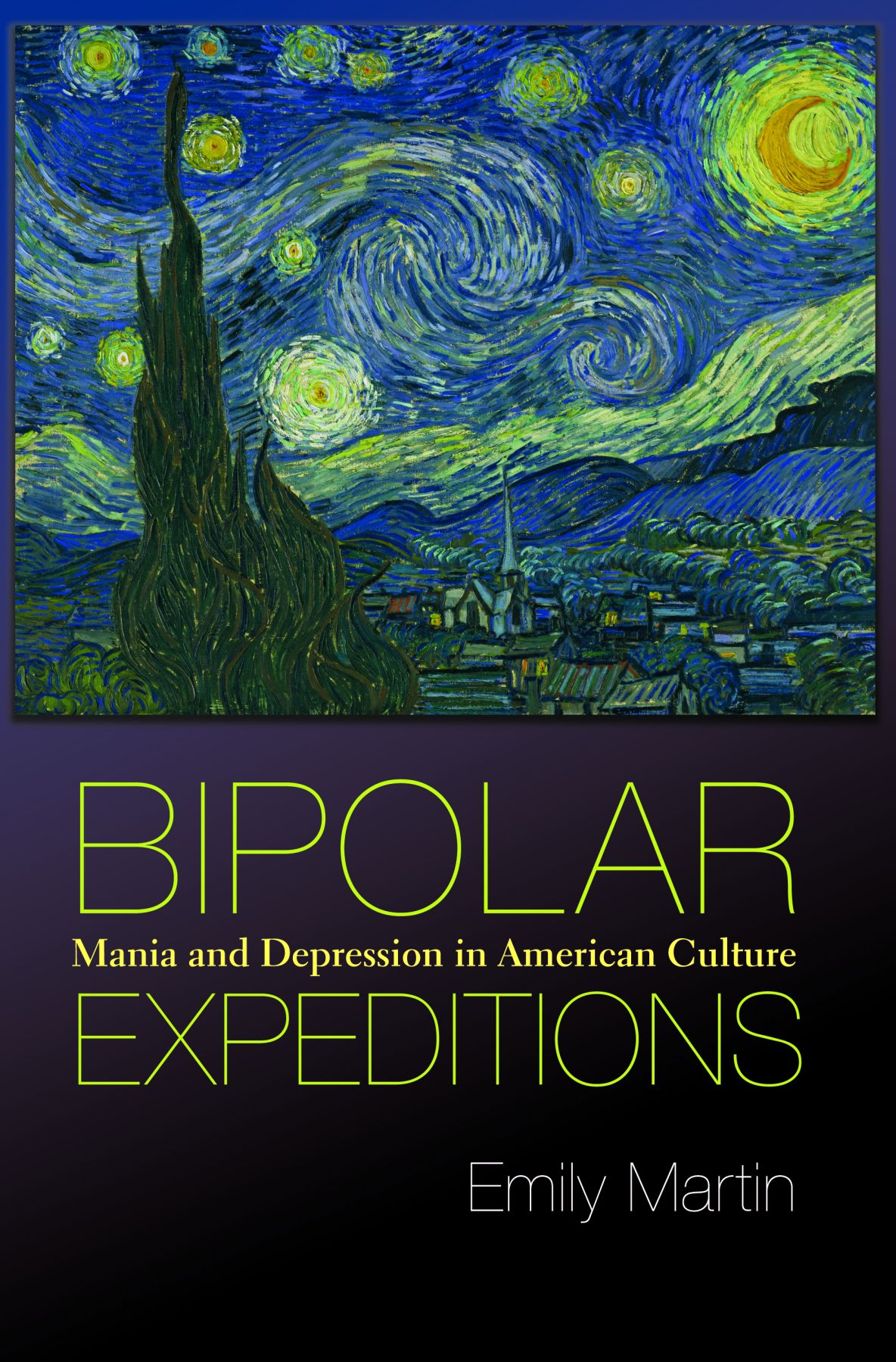 Bipolar disorder is becoming not only a disability but also an asset. Because of the creativity of their manic states, larger than life figures like Robin Williams and Ted Turner are frequently described as “bipolar.” Depression, at the other end of the mood spectrum carries a different load of associations. If mania comes to signal success in the competitive, sped-up global economy, depression signals the opposite: the failure to be productive. What interests me as an anthropologist is that cultural values very specific to our society are carried along with the diagnosis of a mood disorder.
Bipolar disorder is becoming not only a disability but also an asset. Because of the creativity of their manic states, larger than life figures like Robin Williams and Ted Turner are frequently described as “bipolar.” Depression, at the other end of the mood spectrum carries a different load of associations. If mania comes to signal success in the competitive, sped-up global economy, depression signals the opposite: the failure to be productive. What interests me as an anthropologist is that cultural values very specific to our society are carried along with the diagnosis of a mood disorder.
For bipolar disorder, the our cultural fantasy is that as depression can be made to wither away altogether, the high energy of the manic phase can be tamed or optimized, so that individuals can succeed and economies grow. The growing numbers of psychopharmaceutical drugs are what allow contemporary doctors to give a patient a diagnosis of mood disorder and treat it, rather than (as in earlier historical periods) lay the patient’s problems at the feet of his or her temperament or character. At a meeting of the American Psychiatric Association, I met a young doctor who practiced in a well-known hospital near Hollywood. When he heard about my research, he became quite interested and offered me this experience.
Where I work, we get a lot of Hollywood comedians coming in. They are manic depressives. There are two important things about this: first, they do not want their condition publicized, and second, their managers always get involved in the details of their treatment. The managers want the mania treated just so. They do not want it floridly out of control, but they also absolutely do not want it damped down too much.
He felt he was being called upon to optimize his patients’ moods (for the theatrical profession and for the particular kinds of creativity it requires) through proper management of their drugs. Listening as an anthropologist, I began to feel uneasy about the prospect of extending the optimization of psychotropic drugs to suit other kinds of employment and people in other age groups. What would happen if optimizing states of mind were extended, as the DOD hopes, to soldiers on combat duty? What are the implications of extending the use of powerful psychotropic drugs to treat children whose behavior causes problems at home or school? A number of factors have been blamed for the rising statistics of bipolar disorder in children: improved treatments or more knowledgeable diagnosis by doctors. But the need for treatment (real as the need may be and helpful as the treatment may be in some cases) cannot be separated from values in our cultural environment that associate some moods with success and others with failure. A broader conversation about the cultural environment in which rates of bipolar disorder are rising would enrich our understanding of what it means to be bipolar – for children and adults alike –today.
ShareThis

One question I often field in my capacity as OUP’s editor for American dictionaries is, “What’s the longest word in the dictionary?” I don’t hear it as often as “How do I get a new word in the dictionary?” but it still comes up from time to time. My stock answer isn’t very interesting: “It depends on what counts as a ‘word,’ and it depends on the dictionary.” That answer doesn’t satisfy most people, since the follow-up question is typically something like, “No, really, is it antidisestablishmentarianism or supercalifragilisticexpialidocious?” Those two specimens are the “usual suspects” that get hauled out in discussions of the longest word in English, perhaps because most of us have been familiar with them since grade school. But there are many other worthy candidates for the “longest word” mantle.
(more…)
Share This



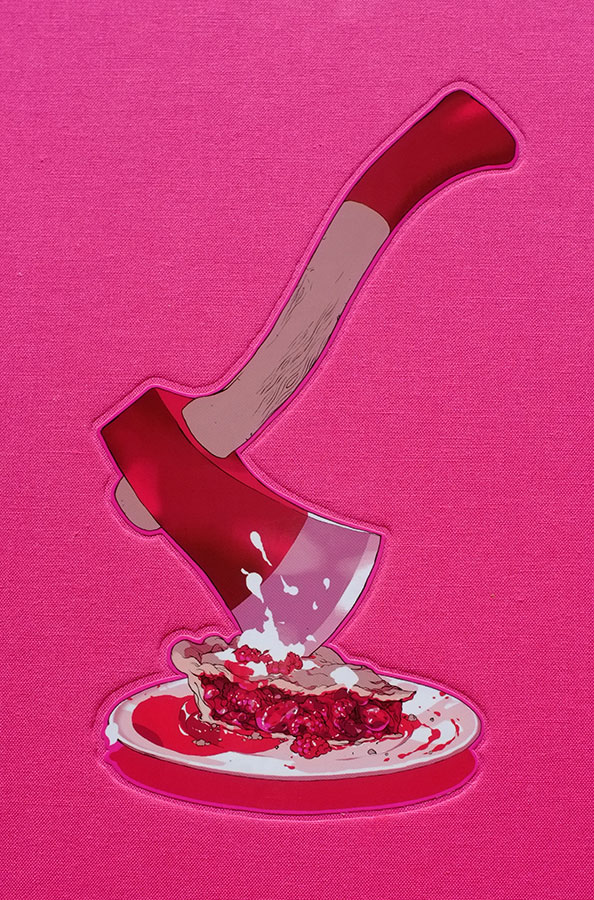
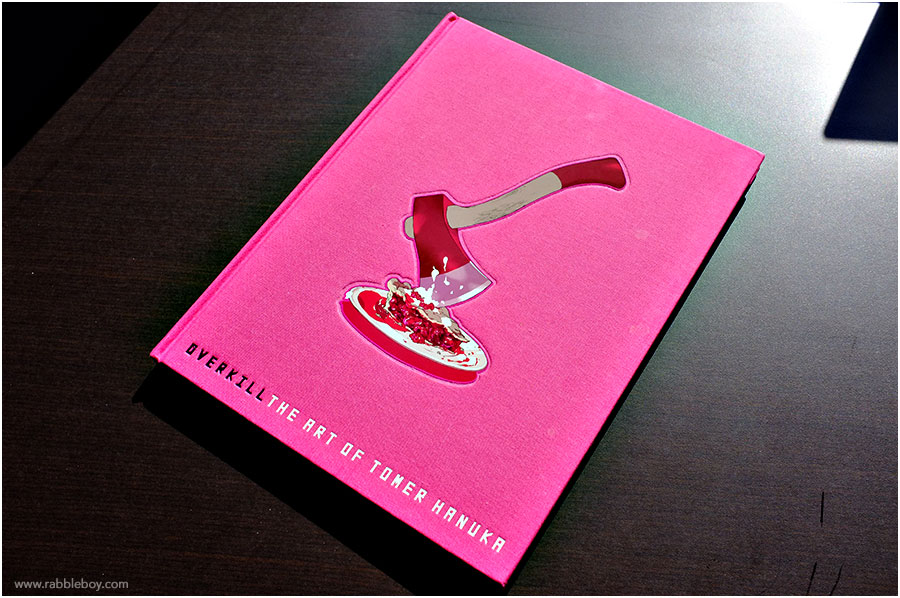



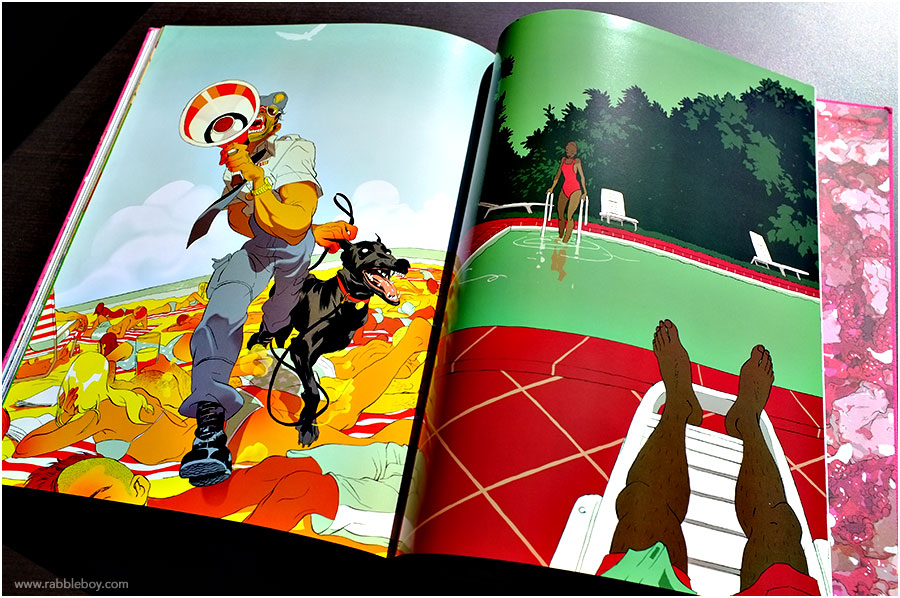


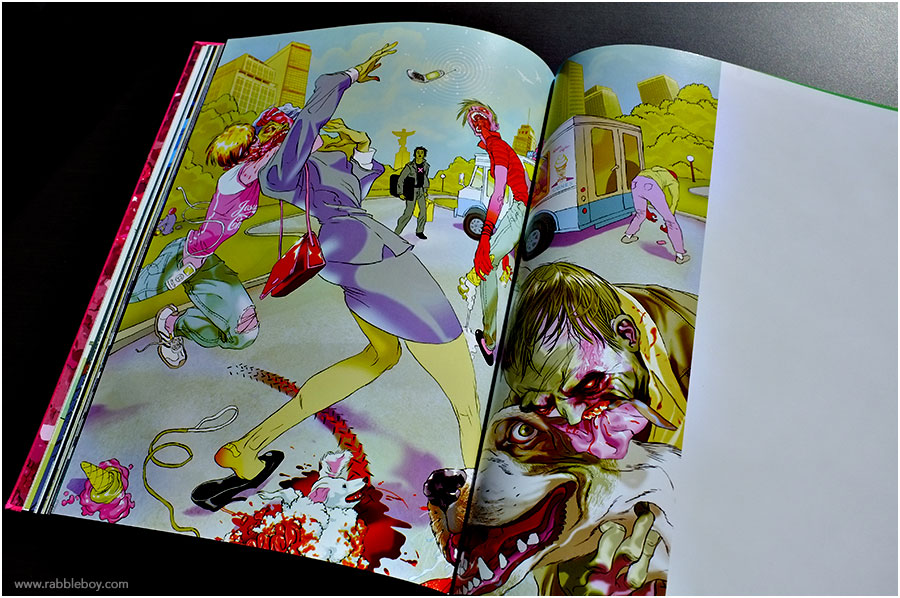
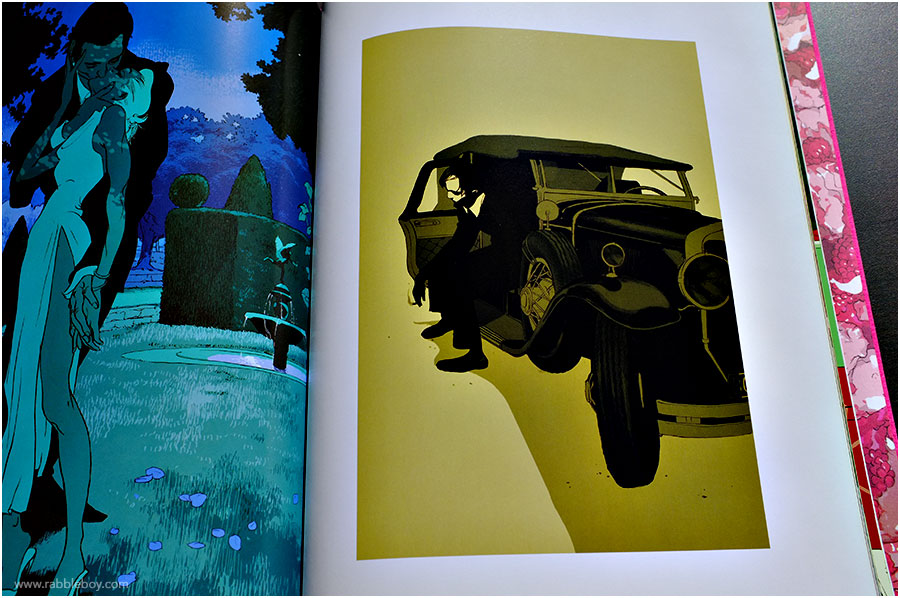
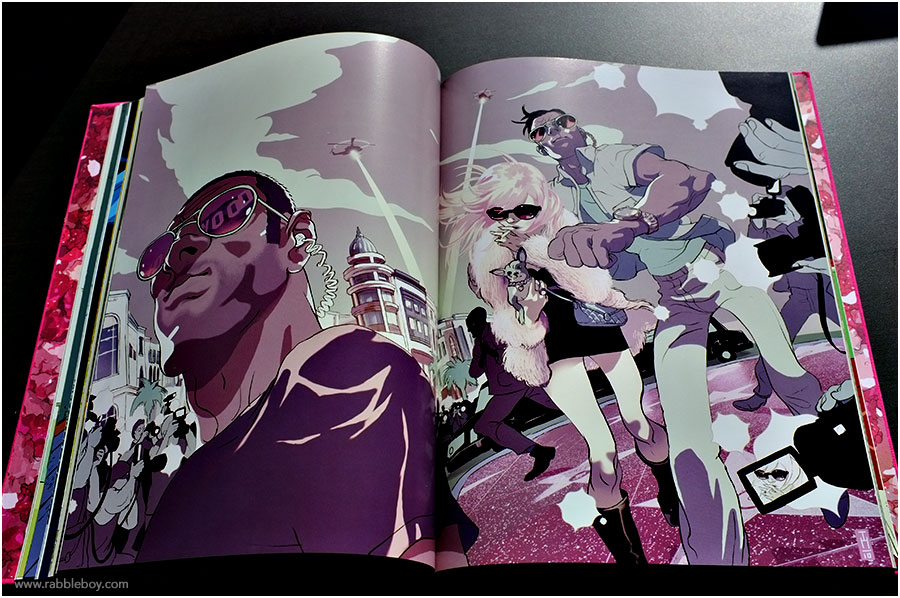
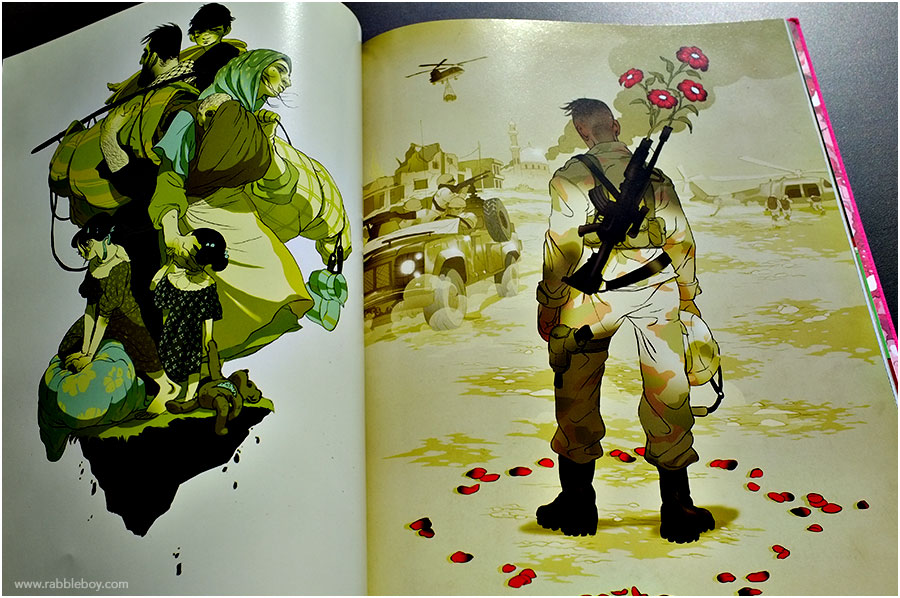
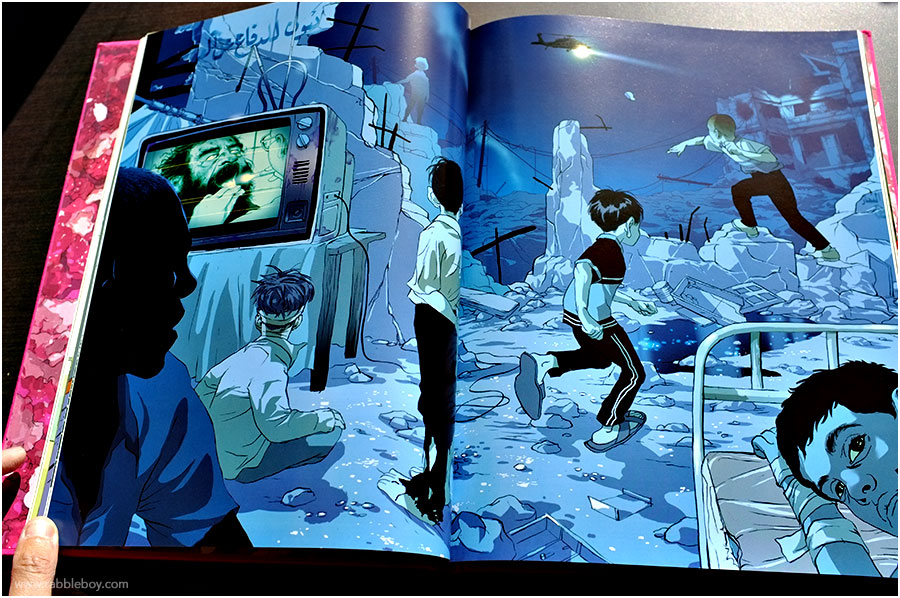


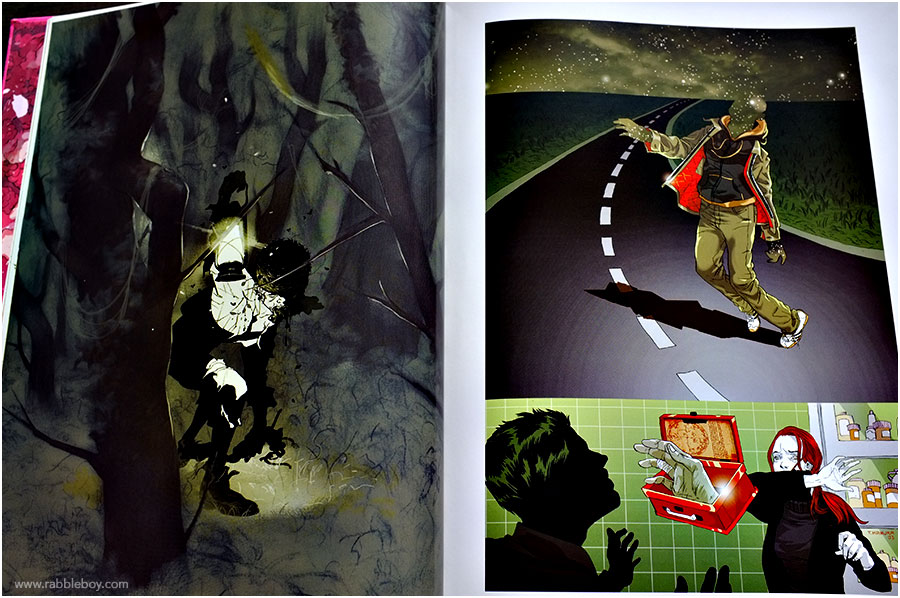
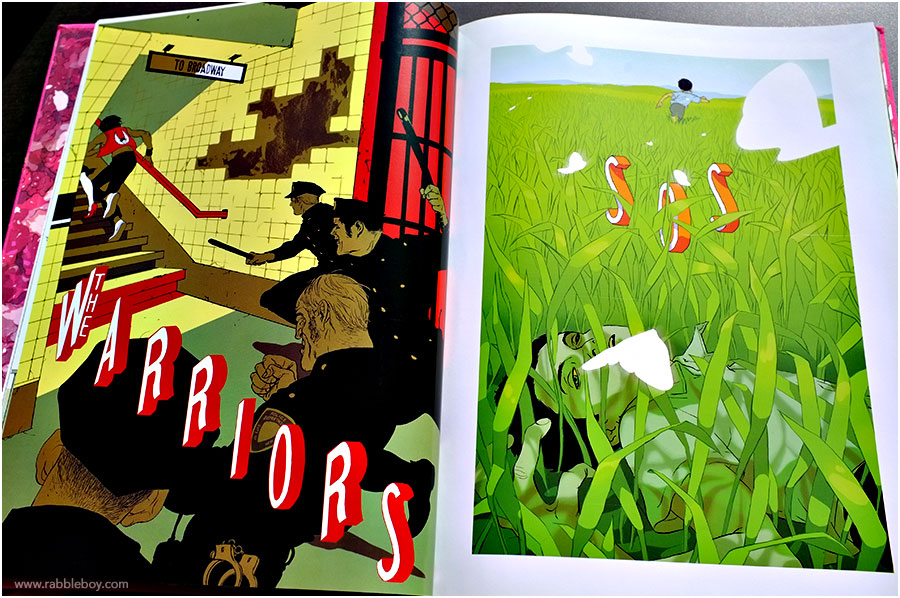
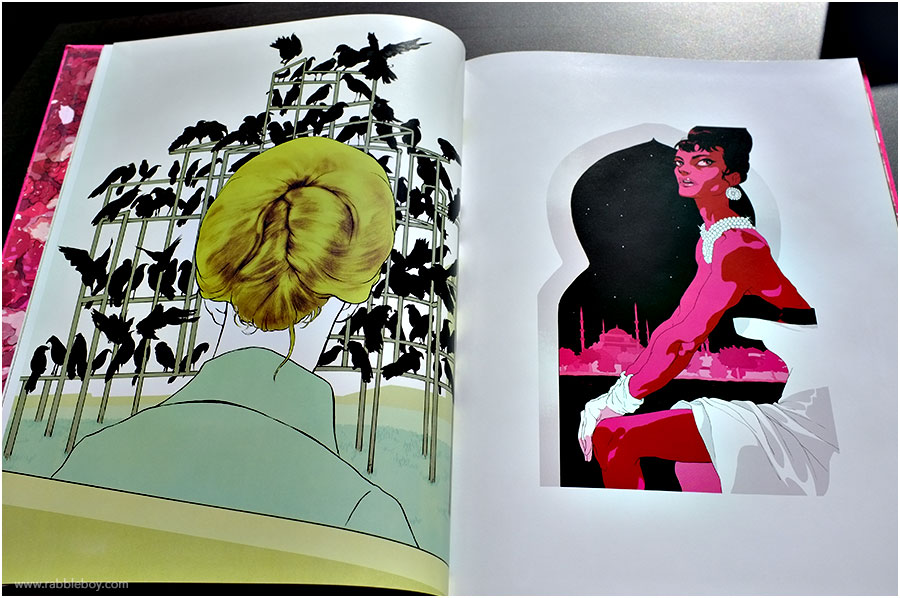
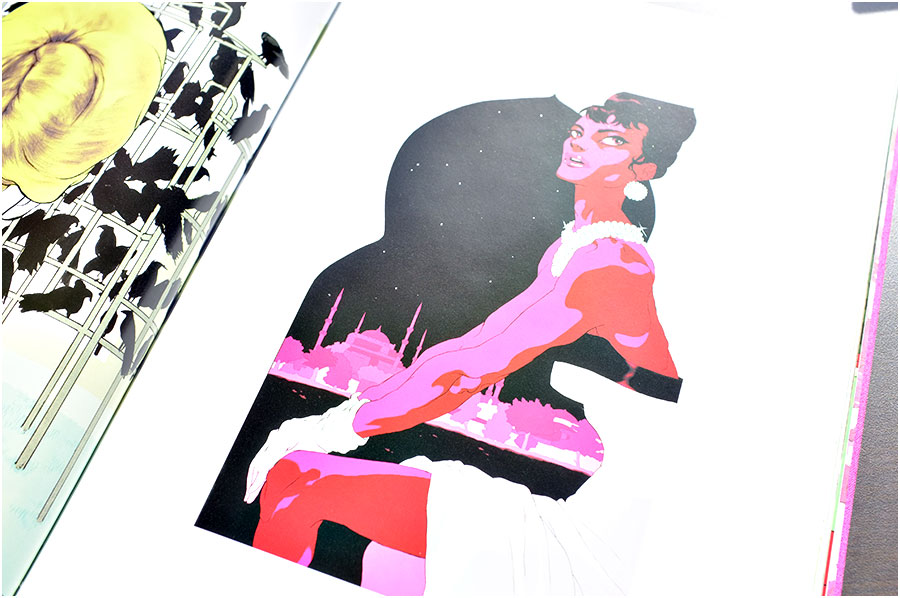
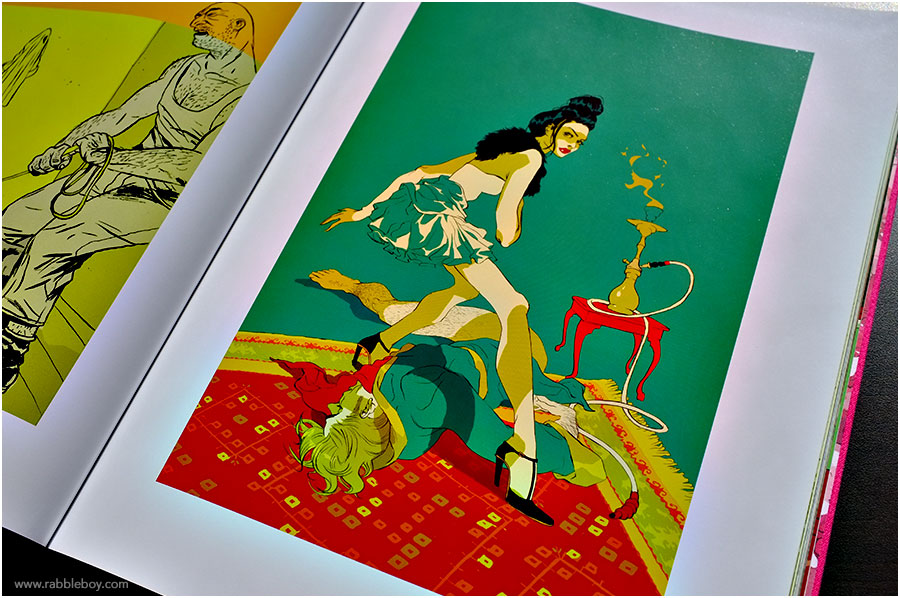
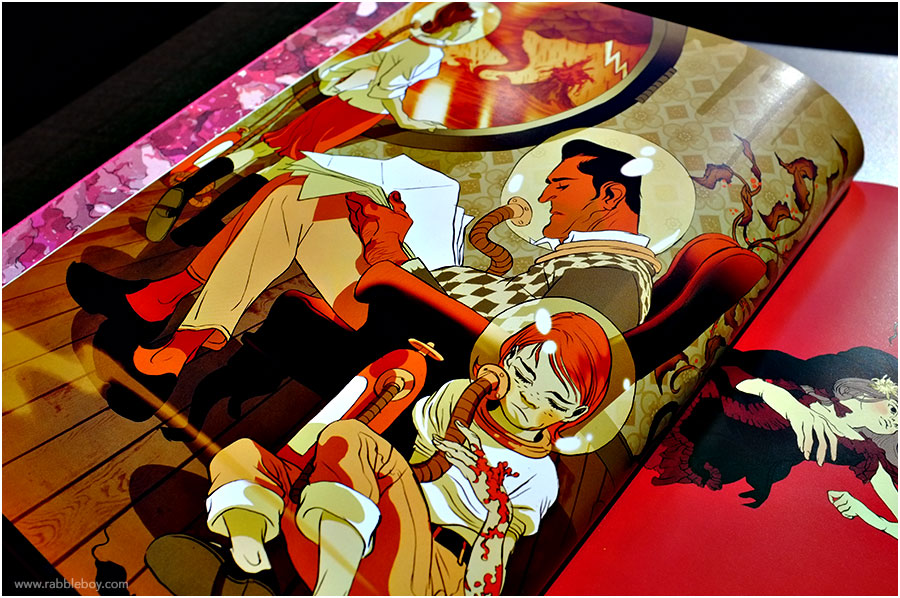
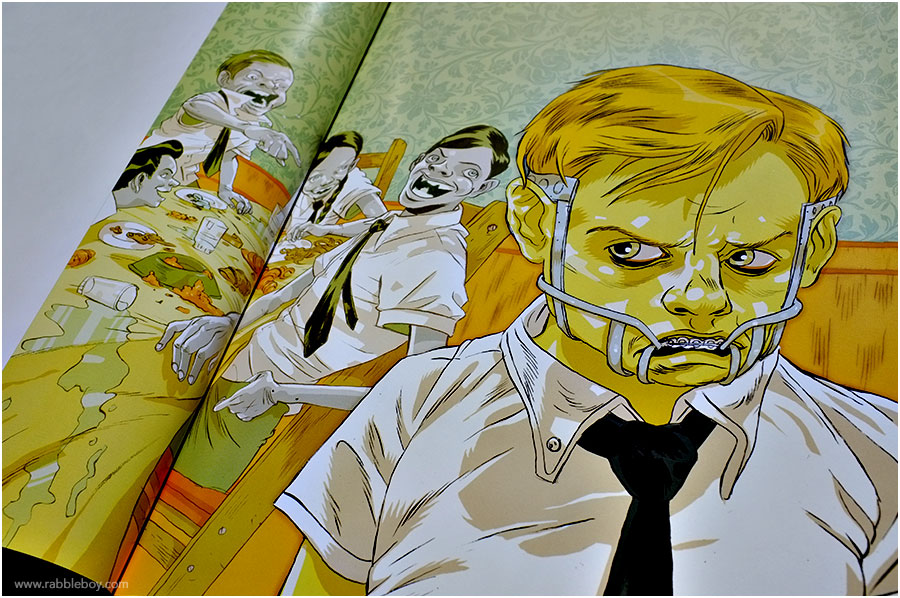
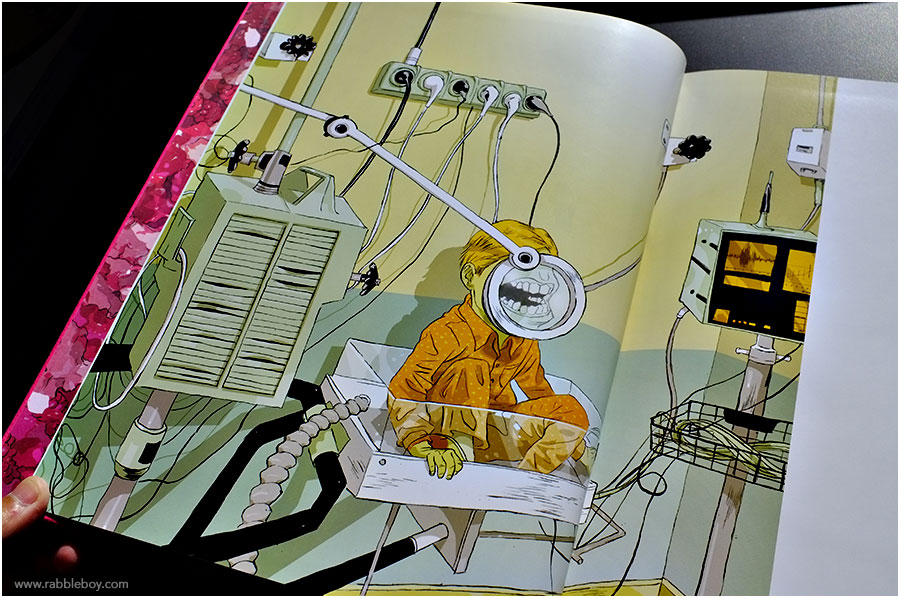
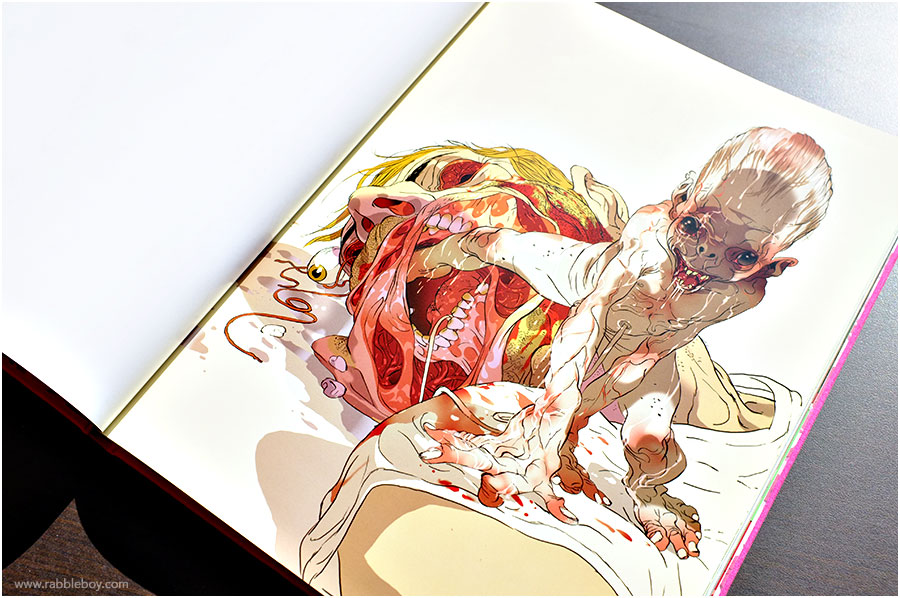
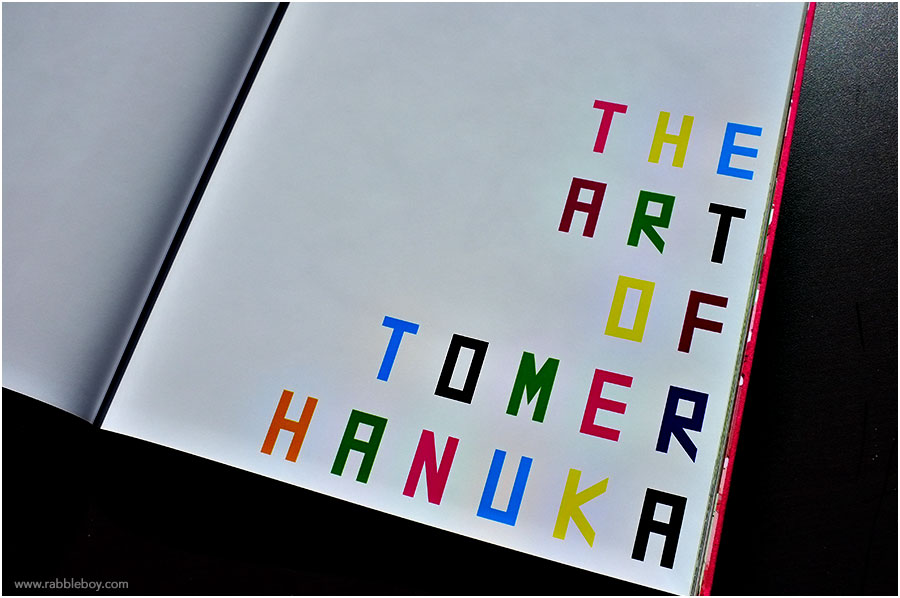





Very interesting, thanks for that. Too easy to think of depression as a teens and adult problem, not for the under tens. Thanks for sharing your experience
Many thanks for having the courage to write about this.
I used to work in Child Mental Health, and we met children with severe mood swings we were quite certain would later be diagnosed with bipolar disorder, but there is so little research into this condition it was impossible to find an effective way to help them, which was tough for us and doubly terrible for them.
It's so important that mental health becomes a normal subject in children's literature - or these children can simply believe they are mad. And they are NOT!
Wonderful piece, Ros. One YA book that impressed me was by Crescent Dragonwagon (wonderful name!) called The Year It Rained about a girl recovering from a severe mental health episode (I'm afraid I couldn't tell you whether it was bipolar or not). A beautifully written book.
Really important points raised in this post, Ros, as well as some useful book suggestions.
The Madolescents by Chrissie Glazebrook is a YA novel about a self-help group for teens with mental health issues, one of whom is bipolar.
I've just shared your wonderful post with my friends at The Elephant in the Room (a facebook persona who is actually "handled" by staff at Mind, the mental health charity).
Elefriends, as we are known, provide peer support at a time when external support seems to be harder and harder to access.
Thank you all for the lovely comments and book suggestions. I will make sure I check out your suggested books - more for my reading list :-) And thanks for the support - I'm so glad that many of us are thinking the same way.
thanks a lot with regard to sharing. i became seeking as well. Buy D3 Items
Billig Guild wars 2 CD KEY
I totally agree that the issue of emotional problems and mental health should be part and parcel of the books we are writing for young people - not flagged up as a major issue. In my book Illegal, I deal with trauma leading to mutism but I hope that with my character, Karl and the plot and characters in the book, this issue becomes part of the story and not the overwhelming tub-thumping issue.
Very interesting post!!
Valuable topic of discussion, really.
A most helpful blog post, recommended to me by Catherine Butler on the Rutgers lit serve I belong to. A couple of Australian mental health picture books: "The Red Tree" by Shaun Tan - this is about the child having depression, really (the You Tube version is beautiful, and might also be useful...; "Big and Me" by David Miller (Ford Street) - here it is a little machine coping with the dangerous unpredictability of the big one, which distances it well for young children; and "Coming Home" by Sharon McGuinness (Wombat Books)- actually on bi-polar and about a father (most I can find are on mothers).
Virginia Lowe
Create a Kids' Book
A very useful blog post, Rosalie and as Virginia already mentioned, I have written a children's picture book called 'Coming Home' which has just been published to coincide with Mental Health Week. It is loosely based on our family as my husband suffered from severe depression as part of his bi polar II disorder. It is written from a child's point of view and I hope it starts a conversation in families where a parent is experiencing depression. You can find more info at www.mrsmacsbooks.weebly.com
Thanks for mentioning the William Styron book...I'm going to chase that up myself now!